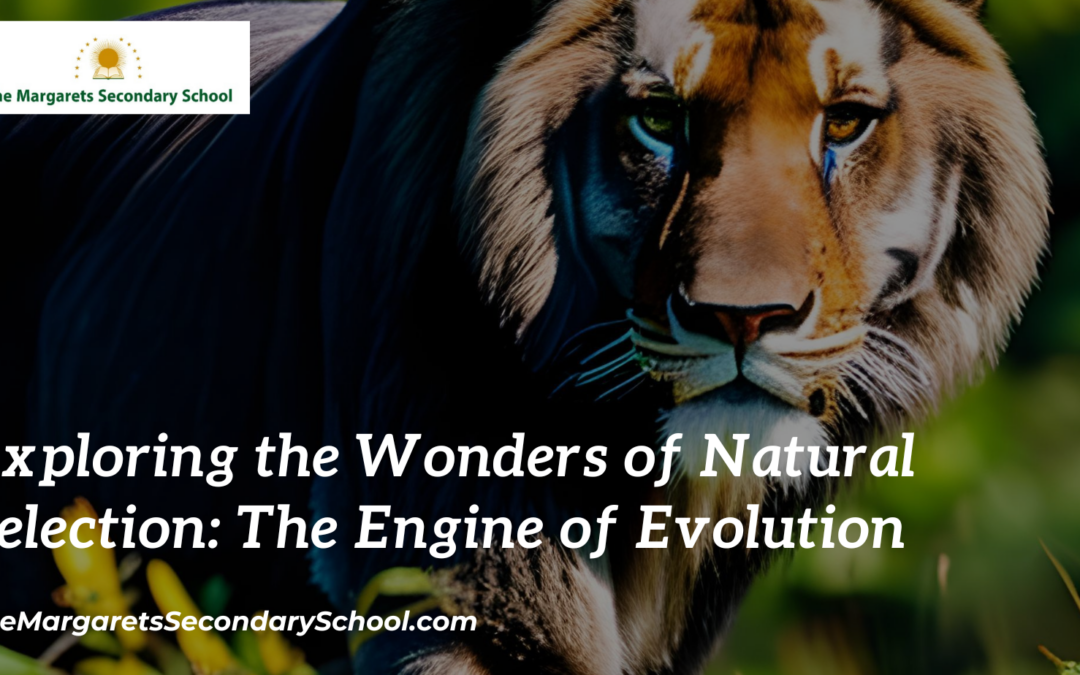Natural Selection
The concept of natural selection, often referred to as the cornerstone of evolutionary biology, has profoundly shaped our understanding of how species adapt, diversify, and thrive in their environments. Proposed by Charles Darwin in the mid-19th century, natural selection provides a comprehensive explanation for the incredible diversity of life on Earth. This article delves into the intricacies of natural selection, highlighting its mechanisms, implications, and significance in shaping the living world.
Mechanisms of Natural Selection
Natural selection is a process by which certain traits become more or less common in a population over generations based on their impact on survival and reproduction.
This process hinges on three fundamental principles:
- Variation: Within any population, there exists a variety of traits due to genetic diversity and mutations. These traits can range from physical attributes to behaviors and physiological characteristics.
- Heritability: Traits can be passed from one generation to the next through genetic inheritance. Offspring tend to resemble their parents, maintaining the genetic traits that contribute to their survival and reproduction.
- Differential Survival and Reproduction: In any given environment, certain traits provide advantages, making individuals with those traits more likely to survive and reproduce. These advantageous traits are then passed on to subsequent generations at a higher rate.
Selective Pressures
Natural selection operates in the context of various selective pressures that influence which traits are favored.
These pressures include:
- Predation: Animals with traits that enhance their ability to escape or deter predators are more likely to survive and reproduce.
- Resource Availability: Traits that facilitate efficient resource utilization, such as better foraging techniques, enable individuals to outcompete others and secure sustenance.
- Environmental Conditions: Adaptations to specific climates or habitats increase an organism’s chances of survival. For instance, animals living in cold climates may develop thicker fur coats to withstand the cold.
- Reproductive Success: Traits that contribute to successful reproduction, such as vibrant colors or elaborate courtship displays, enhance an individual’s likelihood of finding a mate and passing on their genes.
Examples in Nature
Natural selection is responsible for a multitude of adaptations observed in various species.
Some classic examples include:
- Peppered Moths: The industrial revolution led to the pollution of tree trunks, causing light-colored peppered moths to be more visible to predators. As a result, the darker variants had a survival advantage, leading to an increase in their population.
- Giraffe Neck Length: Giraffes with longer necks could reach higher foliage, accessing more food. Over generations, this advantage led to the evolution of longer-necked giraffes.
- Finch Beak Variability: Darwin’s finches in the Galápagos Islands exhibit different beak shapes based on the type of food available. Dry years with harder seeds favor larger, stronger beaks, while wet years with softer seeds favor smaller, more delicate beaks.
Significance and Implications
The concept of natural selection revolutionized biology, bridging the gap between the diversity of life and the mechanisms that drive it. It has far-reaching implications, including:
- Understanding Evolution: Natural selection provides a unifying framework to understand how species evolve over time, leading to the remarkable diversity of life forms we observe today.
- Medical Advances: By understanding the principles of natural selection, scientists can decipher how diseases evolve and develop more effective treatments, such as antibiotic resistance in bacteria.
- Conservation Efforts: Natural selection plays a role in the survival of species in changing environments. Conservationists can use this knowledge to develop strategies for protecting endangered species.
Conclusion
Natural selection stands as one of the most elegant and influential concepts in the realm of biology. It has shaped the tapestry of life on Earth, molding species to fit the intricate puzzle of their environments. From the smallest microorganisms to the grandest creatures, natural selection continues to weave its narrative of adaptation and survival, offering a deeper understanding of the intricate web of life.





